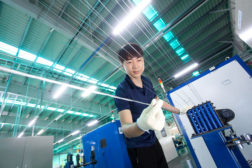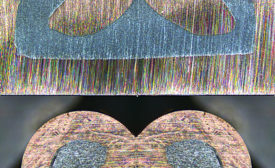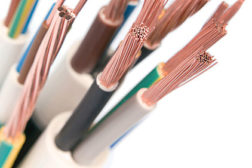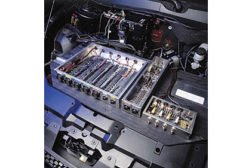Home » Keywords: » aluminum wire
Items Tagged with 'aluminum wire'
ARTICLES
Copper Strikes Back!
New, high-strength copper alloys enable automakers to use thinner wires in their harness designs.
April 1, 2013
Get our new eMagazine delivered to your inbox every month.
Stay in the know on the latest assembly trends.
SUBSCRIBE TODAY!Copyright ©2024. All Rights Reserved BNP Media.
Design, CMS, Hosting & Web Development :: ePublishing




